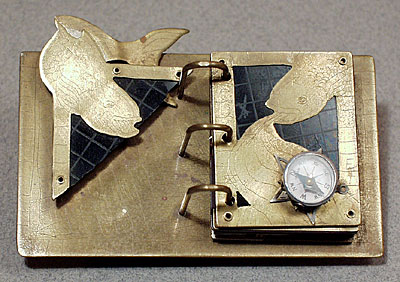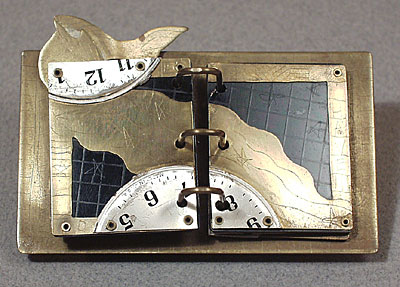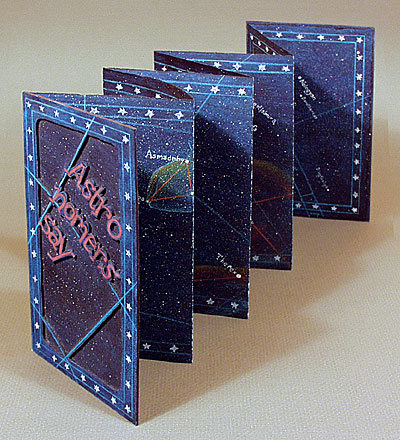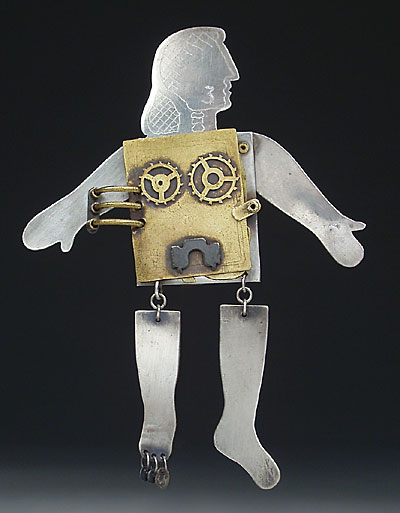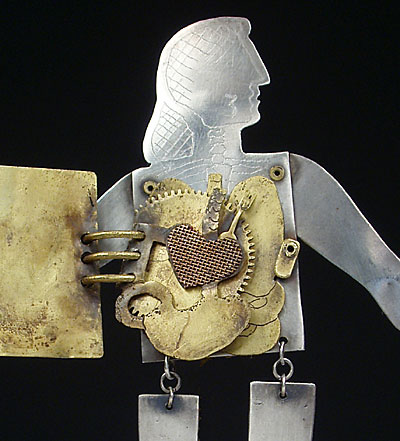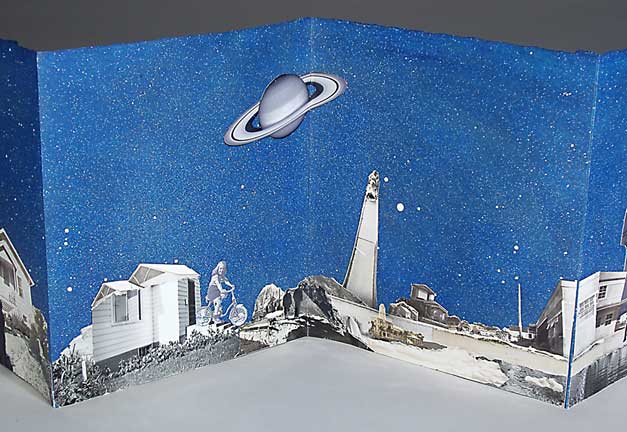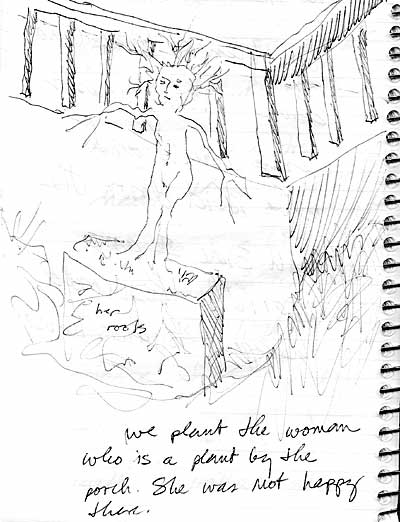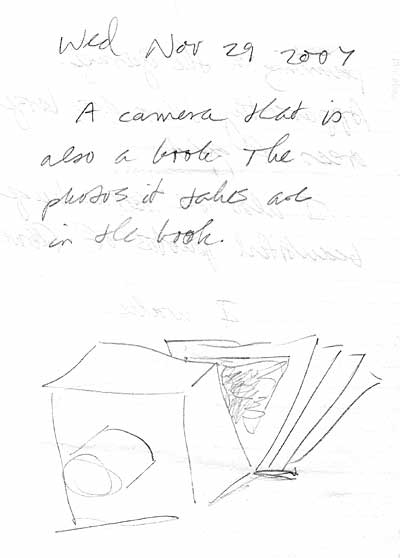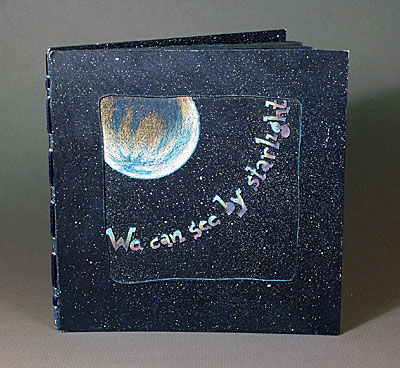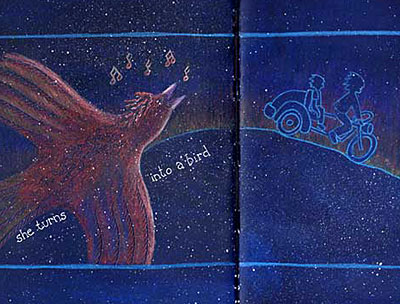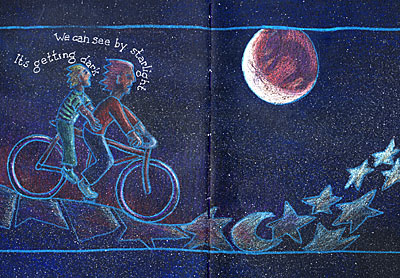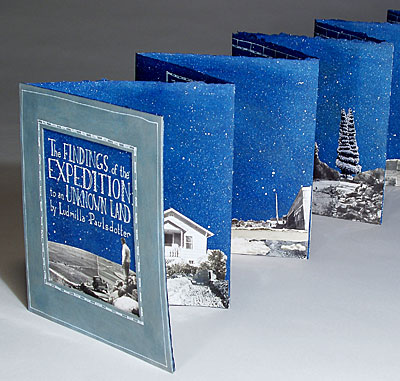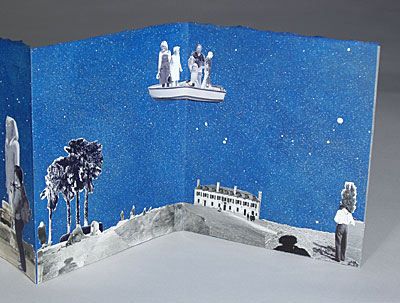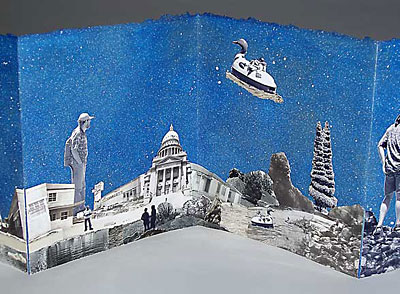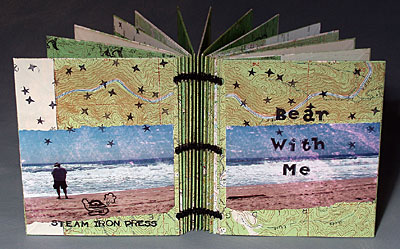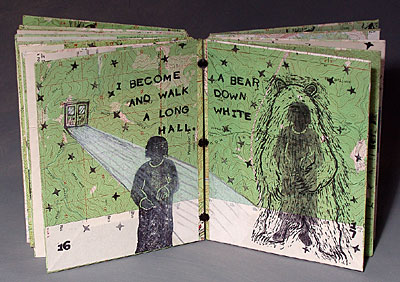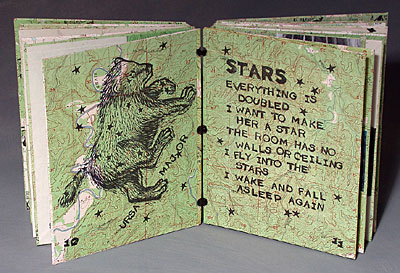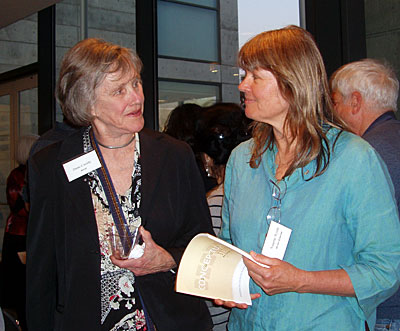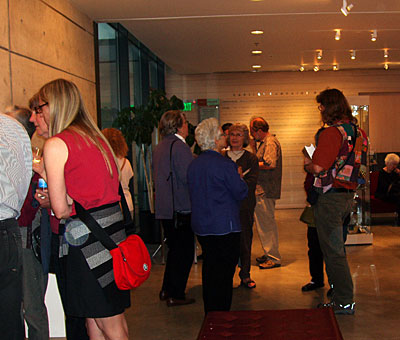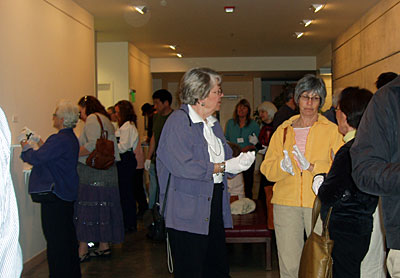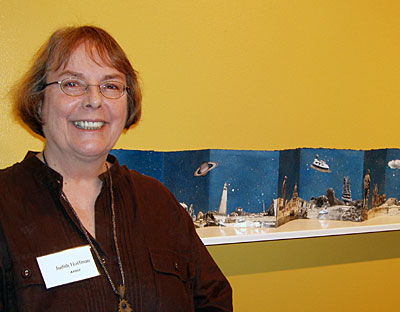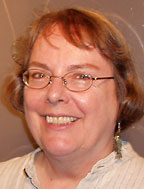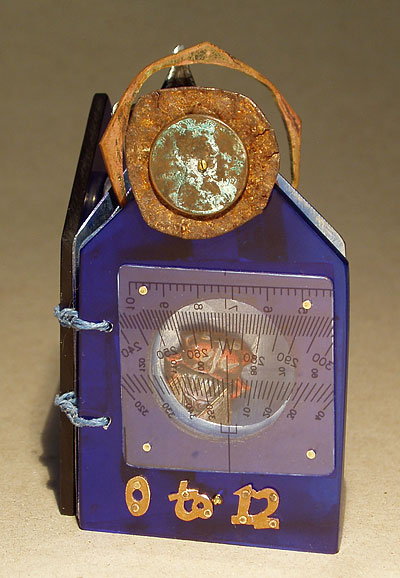
Zero to 12, Judith Hoffman, 2007
I will have work in Conceptually Bound 3, in the Mohr Gallery at
The Community School of Music and Art in Mountain View, California. The show runs from April 1 to May 25 2008. There will be a reception & panel discussion Friday, April 11, 6 - 8 pm. The panel includes: Lark Burkhart, Kent Manske, Melissa Kaup-Augustine, Peng-Peng Wang, Nanette Wylde, and myself.
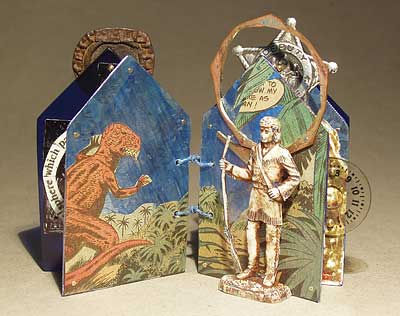
Zero to 12, pages 3 and 4, Judith Hoffman, 2007
There is a catalog available for the show. You can view a low quality pdf at the
Conceptually Bound web site. There is a link to Lulu where you can order one for your very own.
Here is the press release:
Exhibition of Artists’ Books Explores Connection between Content and Form
at Community School of Music and Arts (CSMA)
Conceptually Bound 3 opens with reception & panel discussion on Friday, April 11, 2008, 6-8 pm.
The Community School of Music and Arts (CSMA) at Finn Center in Mountain View is now showing Conceptually Bound 3, An Exhibition of Artists’ Books. The exhibition, curated by Nanette Wylde, features the work of 30 artists and runs through May 25 in CSMA’s Mohr Gallery. On Friday, April 11, the public is invited to attend a panel discussion (6-7 pm) featuring five of the artists, followed by an opening reception (7-8 pm). CSMA’s Mohr Gallery exhibitions are sponsored by Heritage Bank of Commerce.
Throughout recorded history, books have been containers documenting and transmitting human culture. It is no wonder that contemporary artists have taken their cultural production into book form, and as is the practice of art makers, pushing the concept of what defines a book beyond conventions and mainstream notions.
“The theme of Conceptually Bound refers to the idea that the content of the book is in part expressed by the form the book takes,” says curator Nanette Wylde, a former CSMA faculty member and currently an Associate Professor in the Department of Art and Art History at CA State University, Chico. “The books in the exhibition reference the individual context of what is meaningful in the artists’ lives and many reflect concerns of the broader culture.”
In a vein similar to literary texts, the content of these works traverse the personal, the political, the spiritual, the physical, the sublime, the abject, the poetic, the playful, remembrance, and desire. The works are as diverse as the artists who have created them. For example, Bay Area artist Judith Hoffman has created an icon to her childhood through the media of blue plexiglass, galvanized aluminum and found objects. Her tiny tome (“zero to twelve, 2007”) is only 4.5” x 3.25” x 2”, but it presents a colorful visual history that includes crickets singing, the view from a window at her grandparent’s house, dinosaurs, playing cowboys and Indians, Christmas magic and more.
Another artist, Judith Serebrin, uses ceramic figures to hold her handmade books. “Soul Book; Quiet Man” stands almost a foot tall and houses within its porcelain form a small, mixed-media book that pulls out. The piece was inspired by Serebrin’s partner and represents so many men whose rich emotional lives are turned deep inside.
In “hiphop at 15” artist Deborah Kogan uses pigmented inkjet prints in a flipbook to show her daughter doing hip-hop. The book form was ideal for recreating the accented and jerky movements of the dance while also allowing the artist to freeze and relive over and over again the nostalgia of watching her daughter dance.
Since 2001, Conceptually Bound has presented three different exhibitions, each featuring a distinctive and separate selection of artists’ books. The artists have come from across North America, Europe, and Asia. All three editions combined have exhibited approximately 170 works by more than 90 artists/entities.
The April 11 panel discussion (6-7 pm) will feature Lark Burkhart, Judith Hoffman, Melissa Kaup-Augustine, Kent Manske and Peng-Peng Wang. Artists presenting work in the exhibition in CSMA’s Mohr Gallery are Jody Alexander, Nava Atlas, Ellie Brown, Lark Burkhart, Susan Goethel Campbell, Diane Cassidy, Cheryl Coon, Kristy Deetz, Brooke Fairfield, Judith Hoffman, Andrew Johnson, Sun Young Kang, Deborah Kogan, Dorothy Simpson Krause, Karen Kunc, Cindy Lee, Paula Levine, Jason Lujan, Kent Manske, Adrienne O’Hanlon, Susan O’Malley, Florence Ormezzano, Penny Nii, Judith Serebrin, Rae Trujillo, Peng-Peng Wang, Ellen Sollod, Ginny Hoyle, UPPERCASE collective II, and Beata Wehr.
